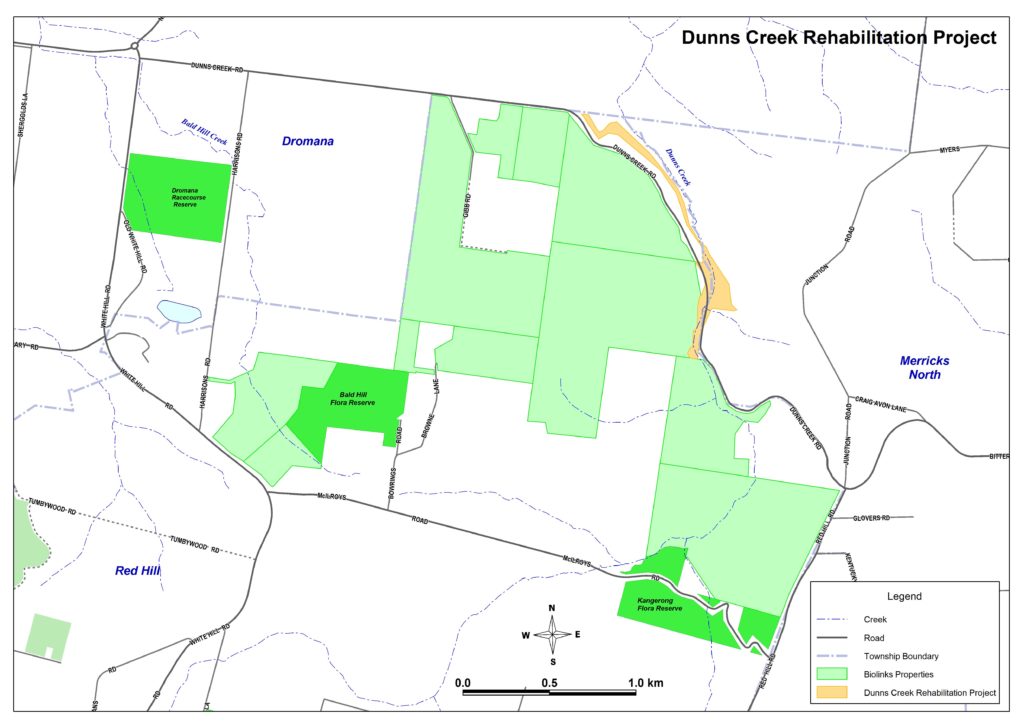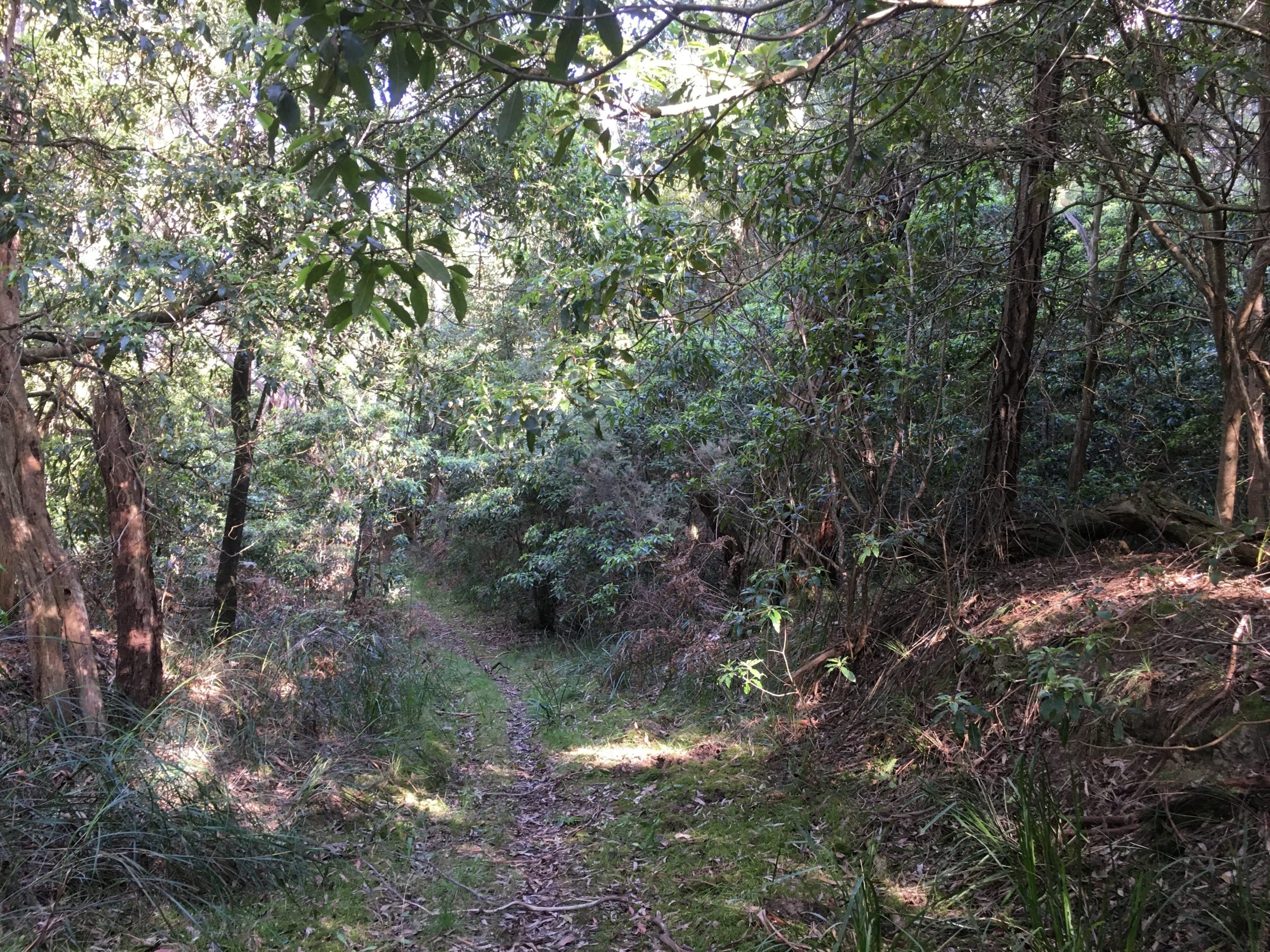Weed management, bush regeneration and community education for Dunns Creek
The Dunns Creek Rehabilitation project seeks to restore the creek, bank and riparian buffer of a small but significant section of beautiful Dunns Creek in the Dunns Creek catchment. The Dunns Creek Rehabilitation area is situated on Crown land and will further extend the existing Dunns Creek biolink, which connects Kangerong Nature Conservation Reserve to Bald Hill Nature Conservation Reserve.
The area consists of significant patches of Grassy Woodland (E), Swampy Woodland (E) and Lowland Forest (V), however is heavily infested with habitat changing environmental weeds. Through the development and implementation of the Dunns Creek Rehabilitation Project (Vegetation) Management Plan, environmental weeds will be systematically controlled to improve vegetation quality and extent. Restoration works by suitably qualified bushland regeneration specialists will be complemented by community led working bees.
Where appropriate, a walking path will be created. A community education campaign including the installation of interpretive signage to highlight the creek’s high conservation values will follow restoration works to foster a sense of local pride to ensure the area is treasured and cared for in generations to come.

Themes and Local Areas
| Primary Theme: | Waterways |
| Other Themes: | Native Vegetation, Native Animals, Communities, Climate Change |
| Primary Local Area: | Mornington Peninsula |
| Other Local Areas: | – |
| Project location: | Dunns Creek Road, Red Hill |
| Scale of the project: | One place |
| New or continuing work: | New project/work |
Project partners
| Lead organisation: | Dunns Creek Landcare Group |
| Key partners: | Melbourne Water, Department of Energy, Environment and Climate Action (DEECA), Mornington Peninsula Landcare Network |
| Registered Aboriginal Party/s relevant to the project or its area: | Bunurong Land Council Aboriginal Corporation |
Investment opportunities
| Opportunities for investors within this project start from: | $ (Thousands of dollars) |
| Estimated scale of investment for full project implementation: | $$ (Tens of thousands of dollars) |
| Estimated timeframe for full project implementation: | 2-10 years |
Contribution toward targets
| Primary Regional Catchment Strategy targets and contribution to its achievement: | Waterways – Vegetation extent along waterways, Vegetation quality along waterways, along 2km of priority reach waterways Communities – Community Volunteering, Community Participation, propogating and growing local provenance Indigenous trees and shrubs, numerous community planting days |
| Relevant Biodiversity 2037 goal: | Undertake weed or pest herbivore control to maintain and enhance vegetation quality in priority areas |
| Relevant National Landcare Program priority: | – |




